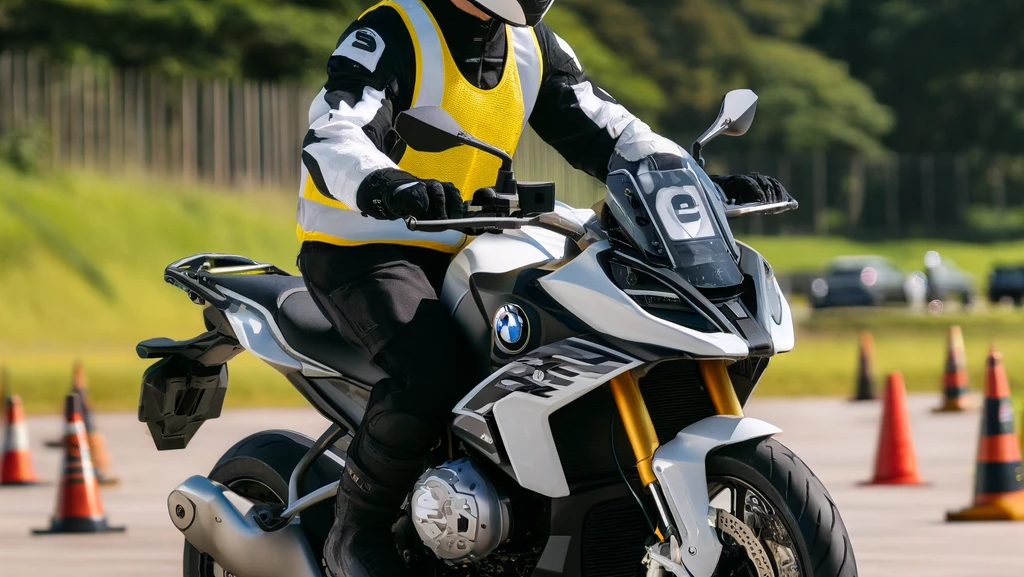Before diving into the nitty-gritty, it’s essential to understand the different categories of motorbike licences in the UK:
- AM Licence: For mopeds up to 50cc, usually for those aged 16+.
- A1 Licence: For light motorcycles up to 125cc and a power output of 11kW, typically for those aged 17+.
- A2 Licence: For motorcycles up to 35kW, for riders aged 19+.
- A Licence: The full, unrestricted licence for those aged 24+ (or 21+ with progressive access).
Knowing which licence you need is the first step in your journey.
The CBT (Compulsory Basic Training)
Your first practical step towards a motorbike licence is completing the CBT. It’s a one-day course designed to ensure you can ride safely on the road. The CBT includes:
- Introduction and eyesight check: Basic checks to ensure you’re fit to ride.
- Practical on-site training: Learning controls and safety checks.
- Practical on-site riding: Basic riding skills practice.
- Practical on-road training: Rules and theory for road riding.
- Practical on-road riding: A minimum of two hours riding on the road under supervision.
Passing the CBT lets you ride on L-plates, but remember, it’s just the beginning.
Theory Test Preparation
Before you can take your practical tests, you need to pass a theory test. It consists of two parts:
- Multiple-Choice Questions: Covers road rules, signs, and riding theory.
- Hazard Perception: Involves identifying potential hazards on the road through video clips.
Tips for the Theory Test
- Study the Highway Code: It’s essential reading.
- Use online resources: Practice tests and apps can be very helpful.
- Understand hazard perception: Watch plenty of practice clips to get a feel for it.
Module 1: Off-Road Training and Test
Module 1 focuses on off-road maneuvers. You’ll need to demonstrate:
- Manual handling: Moving the bike around while off it.
- Slalom and figure of eight: Show control and balance.
- Slow ride: Maintain stability at low speeds.
- U-turn: Perform a controlled U-turn.
- Cornering and controlled stop: Show smooth cornering and a safe stop.
- Emergency stop: Stop quickly and safely from speed.
- Avoidance: Swerving to avoid an obstacle safely.
Tips for Module 1
- Practice, practice, practice: Get comfortable with each maneuver.
- Stay calm: Nerves can affect your performance.
- Listen to your instructor: They know what examiners are looking for.
Module 2: On-Road Test
Module 2 assesses your ability to ride safely on the road. It includes:
- An eyesight test: Reading a number plate from a distance.
- Safety questions: Checking your knowledge of motorcycle maintenance and safety.
- On-road riding: You’ll be followed by an examiner who will guide you via radio. You’ll need to demonstrate various riding skills, including:
- Starting and stopping
- Turning and junctions
- Roundabouts
- Overtaking
- Independent riding (following signs and instructions)
Tips for Module 2
- Know the routes: Familiarize yourself with common test routes.
- Stay relaxed: Easier said than done, but it helps.
- Follow the rules: Always observe speed limits, signals, and road signs.
Top Tips for Passing Each Stage
- Get Professional Training: Qualified instructors can make a world of difference.
- Practice Regularly: The more you ride, the better you get.
- Stay Confident: Believe in your skills and stay calm.
- Use Online Resources: There are plenty of practice tests and forums to help you prepare.

